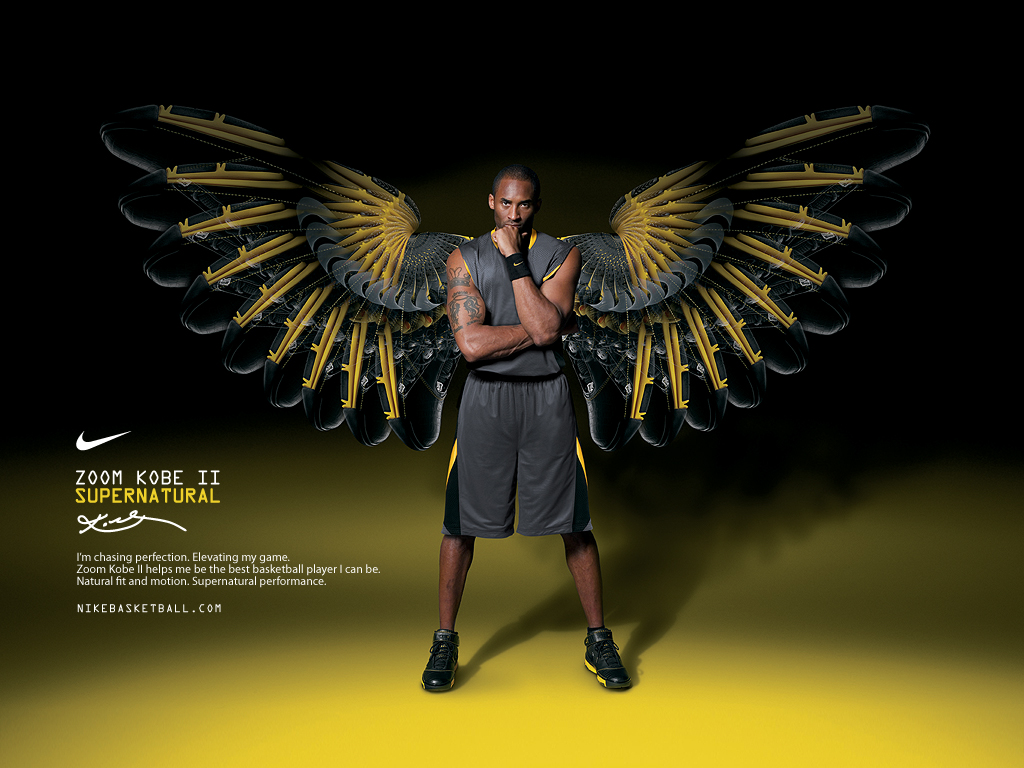 Overall I didn’t find the marketing plan assignments enjoyable (but I’m pretty sure very few find assignments enjoyable) BUT I did find them to be very useful. With the marketing plan assignments its worth lay in the fact that you would have to apply the actual concepts learnt in class into real companies. And to do that, you have to first understand the concept. This really helped me in my preparation for my exams as I had a much clearer understanding of the concepts.
Overall I didn’t find the marketing plan assignments enjoyable (but I’m pretty sure very few find assignments enjoyable) BUT I did find them to be very useful. With the marketing plan assignments its worth lay in the fact that you would have to apply the actual concepts learnt in class into real companies. And to do that, you have to first understand the concept. This really helped me in my preparation for my exams as I had a much clearer understanding of the concepts.
One skill I picked up was some video production and editing skills. Although I was not in charge of editing our group’s video, I did toy around a bit using iMovie and now I have a basic understanding of video editing which could prove useful in the future. I would still prefer to do an actual presentation rather than a video, as a presentation is much more simple and takes much less time. This, combined with the fact that no one within our group had any experience with making videos beforehand really made assignment 3 in particular difficult. The actual filming and editing process required at least 8 hours’ worth of work.
I think another useful aspect of the marketing plan assignment was giving Sauder students more opportunities to work in teams. Being able to work with a team isn’t something that can simply be taught, it’s best learnt through experience. One of my biggest weaknesses is the tendency to micromanage and not trust my team. But I think in this group I did fairly well in overcoming that weakness and sticking to my role in the team, mainly editing assignments 1 and 2 (although I did not catch the grammar mistakes both times and lost our team marks). Having the chance to work in a team, along with better understanding the concepts through application was the best takeaways from this project.






